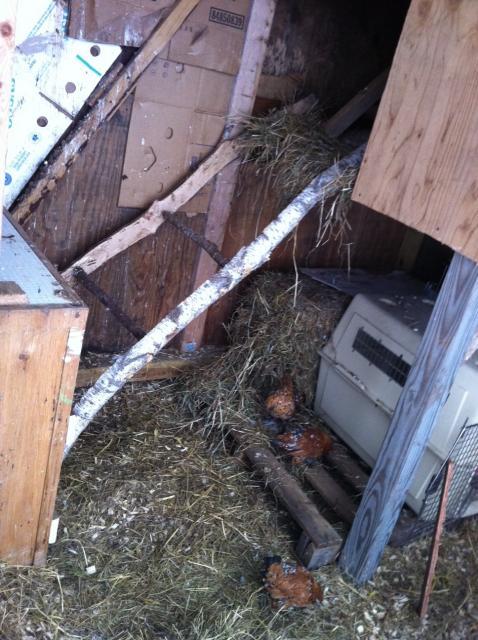Quote:
Well its a 2in gap the entire length of the coop which is 16ft long. Their enclosed sleeping area is 4ft long so therefore 2inx4ft. If everyone says that's plenty of ventilation then my question is answered. Baking soda popped in my head and i no it absorbs moisture so just wanted to see if anyone has ever tried it. Thanks everyone

How many birds you have in that sleeping area? That would give us a better idea if a 2"x4' gap is enough ventilation. Again, if you are noticing excess humidity/frost in there, you don't have enough.
Jack
Well its a 2in gap the entire length of the coop which is 16ft long. Their enclosed sleeping area is 4ft long so therefore 2inx4ft. If everyone says that's plenty of ventilation then my question is answered. Baking soda popped in my head and i no it absorbs moisture so just wanted to see if anyone has ever tried it. Thanks everyone


How many birds you have in that sleeping area? That would give us a better idea if a 2"x4' gap is enough ventilation. Again, if you are noticing excess humidity/frost in there, you don't have enough.
Jack

 and add a little bit of shavings every few days.
and add a little bit of shavings every few days.



 I understand why it wouldn't work now. Thanks
I understand why it wouldn't work now. Thanks